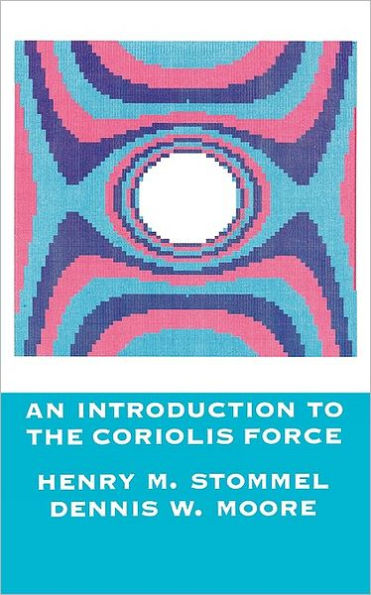5
1

An Introduction to the Coriolis Force
297
An Introduction to the Coriolis Force
297Paperback
$50.00
50.0
In Stock

Product Details
| ISBN-13: | 9780231066372 |
|---|---|
| Publisher: | Columbia University Press |
| Publication date: | 11/03/1989 |
| Pages: | 297 |
| Product dimensions: | 0.70(w) x 5.00(h) x 8.00(d) |
| Age Range: | 18 Years |
About the Author
From the B&N Reads Blog
